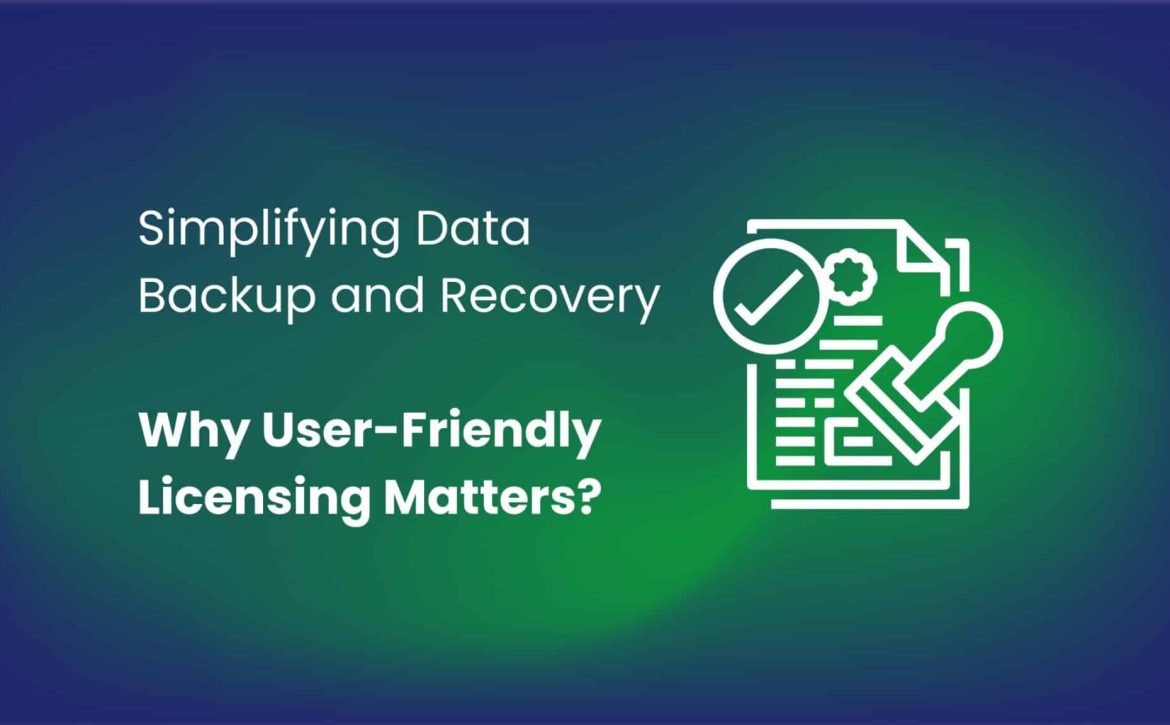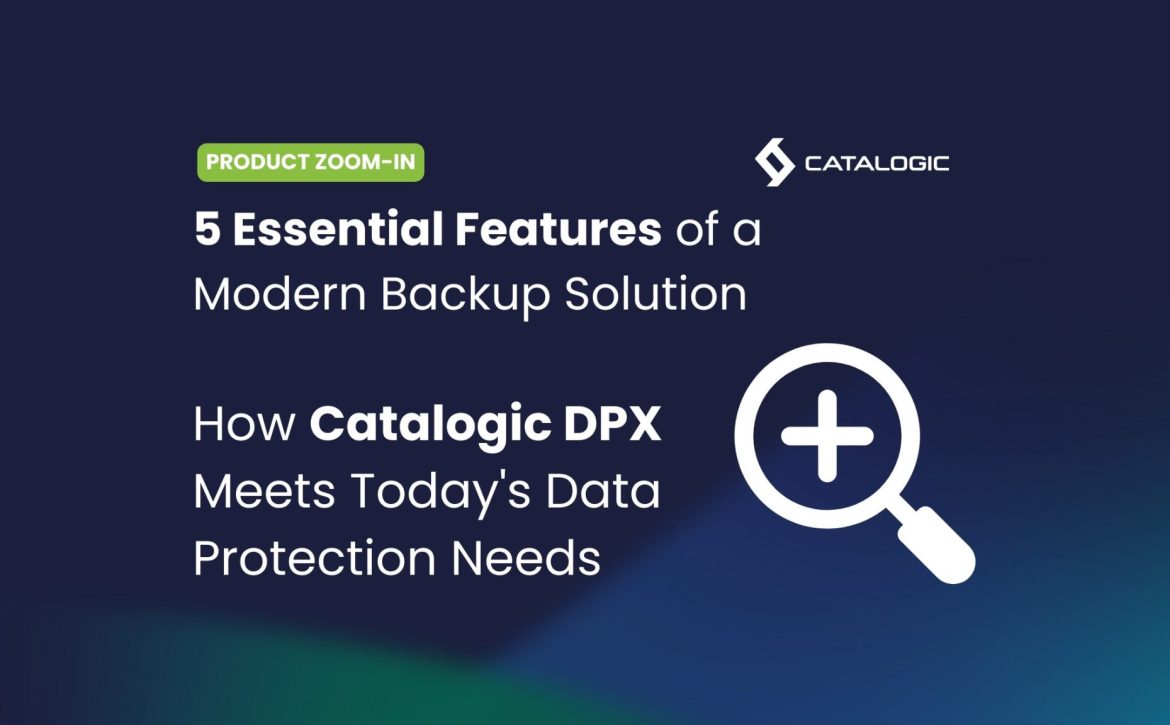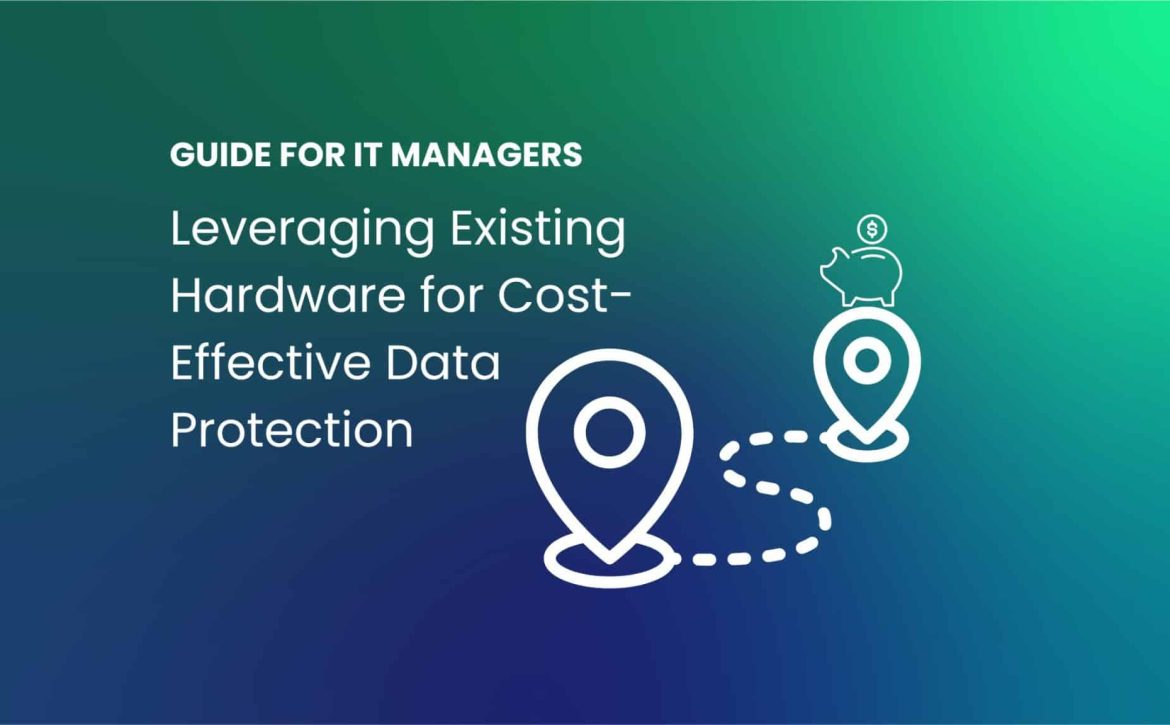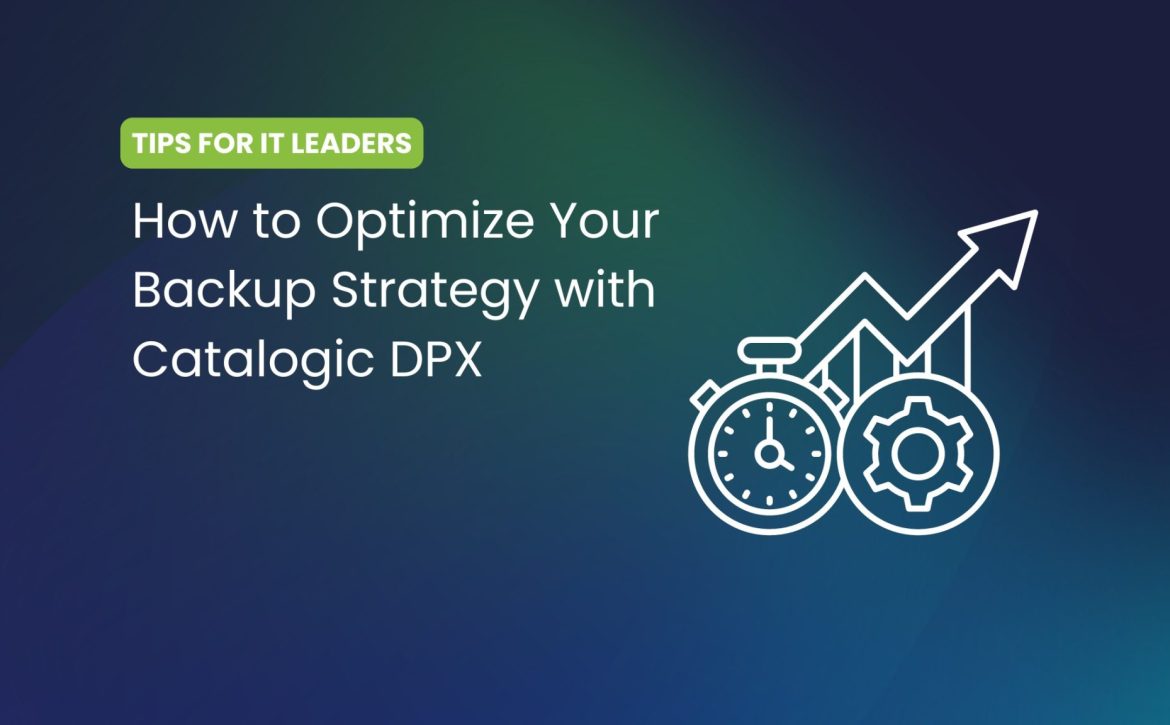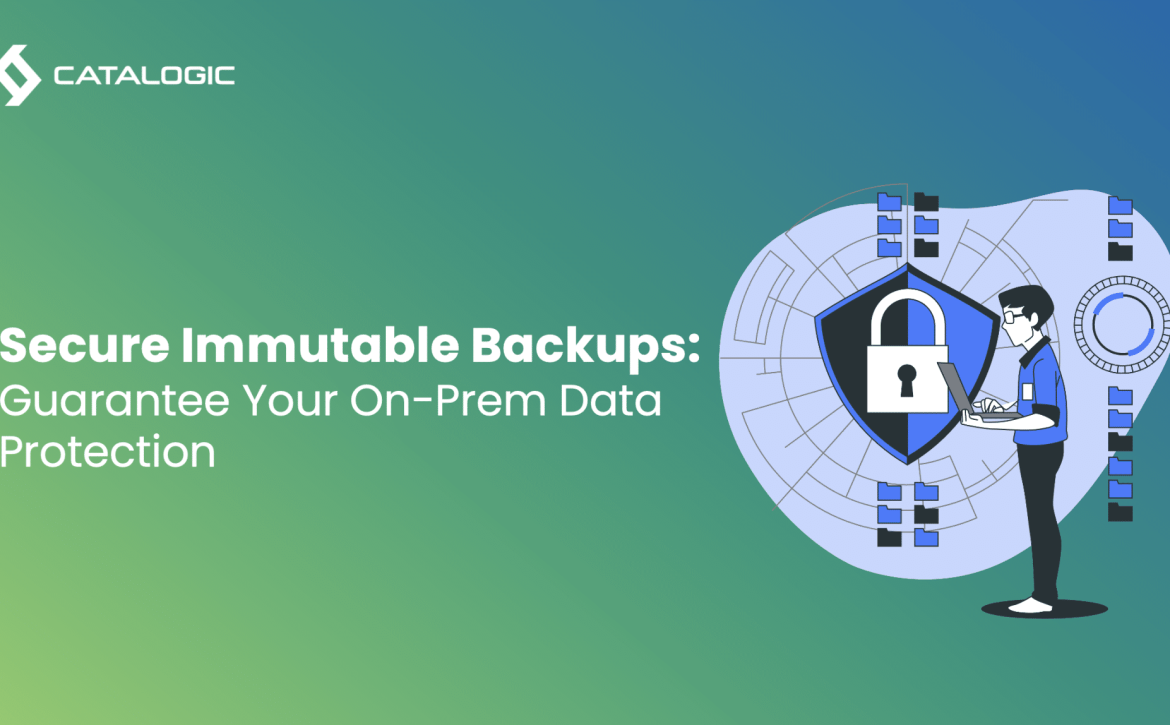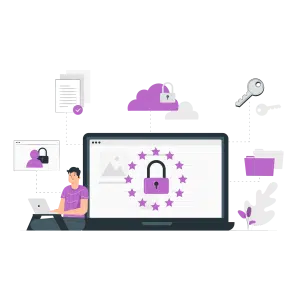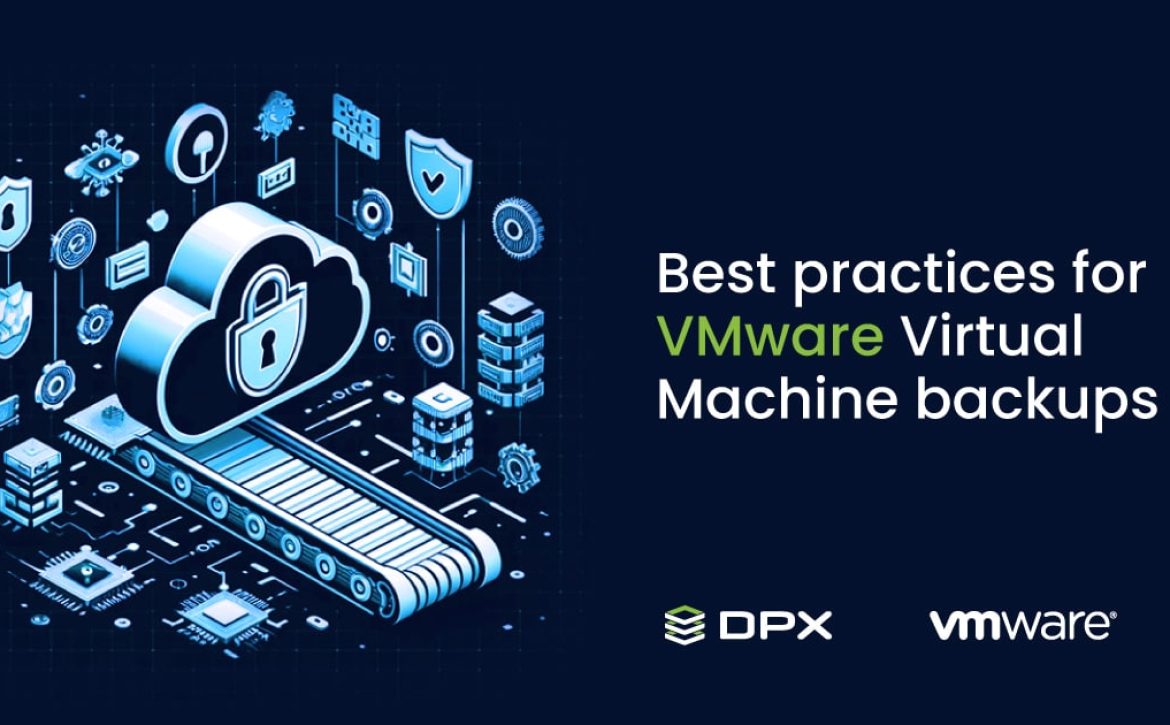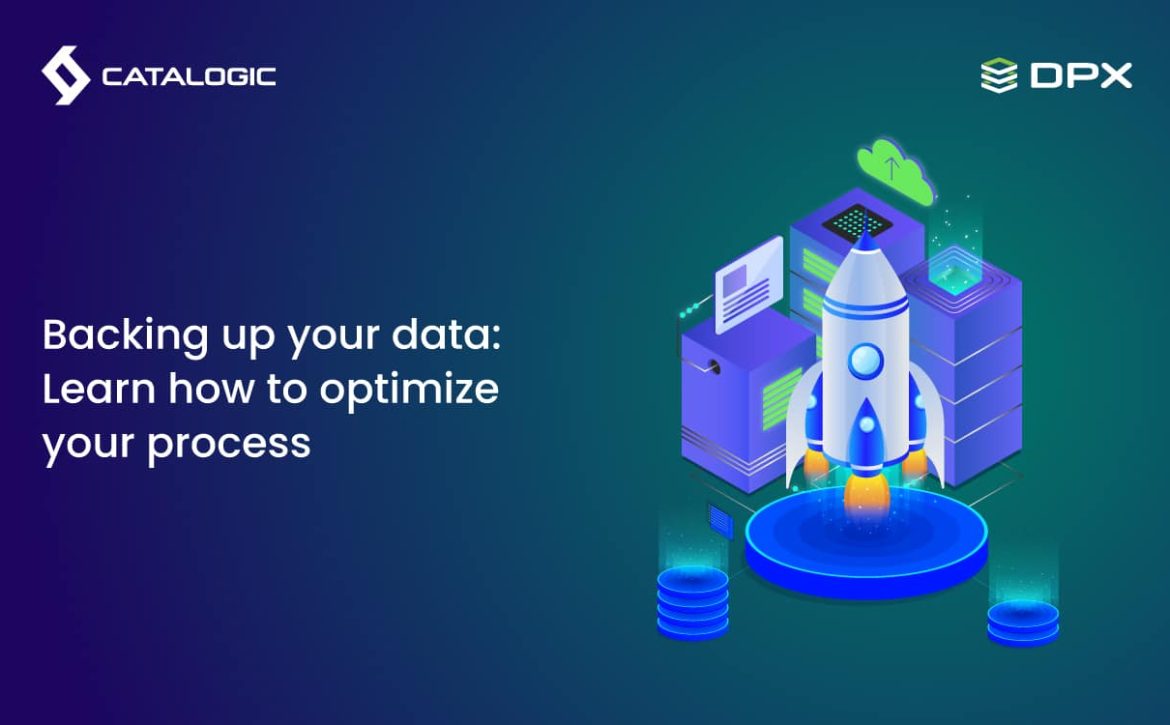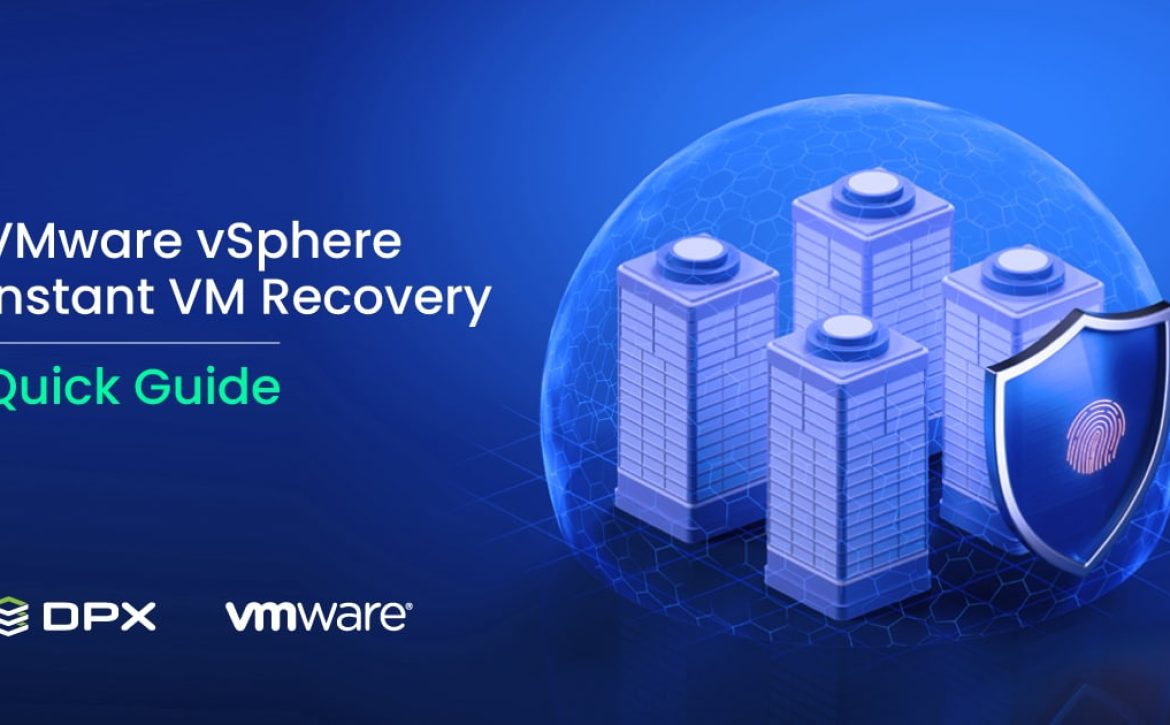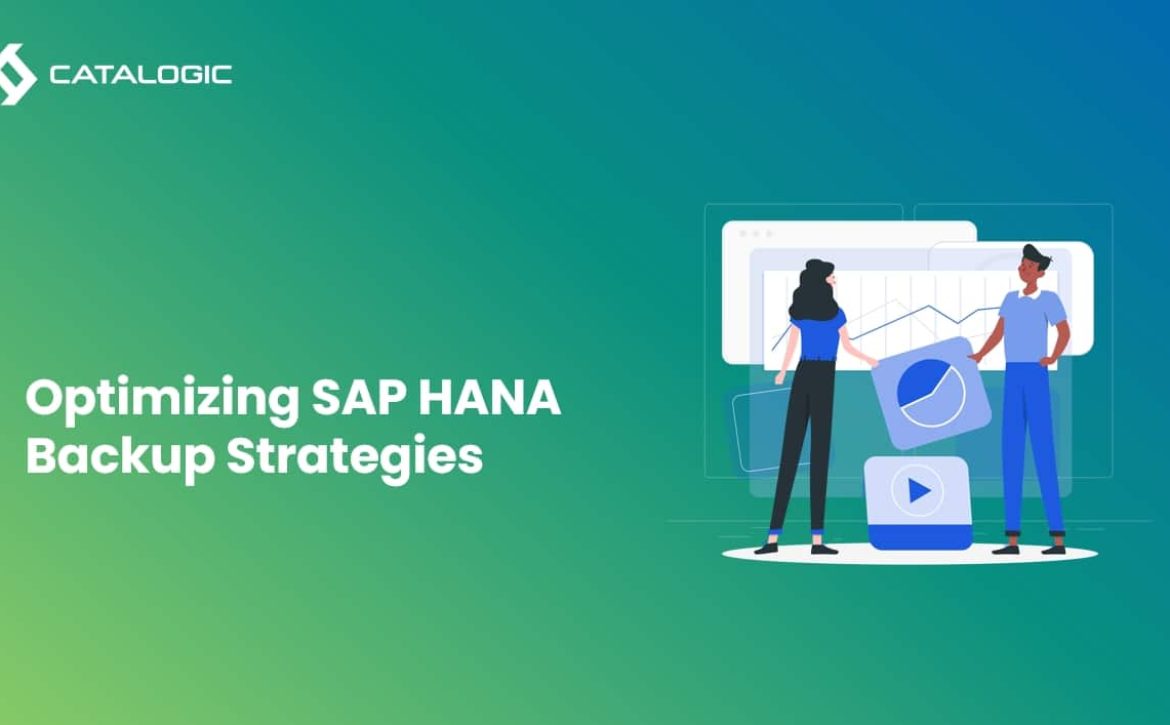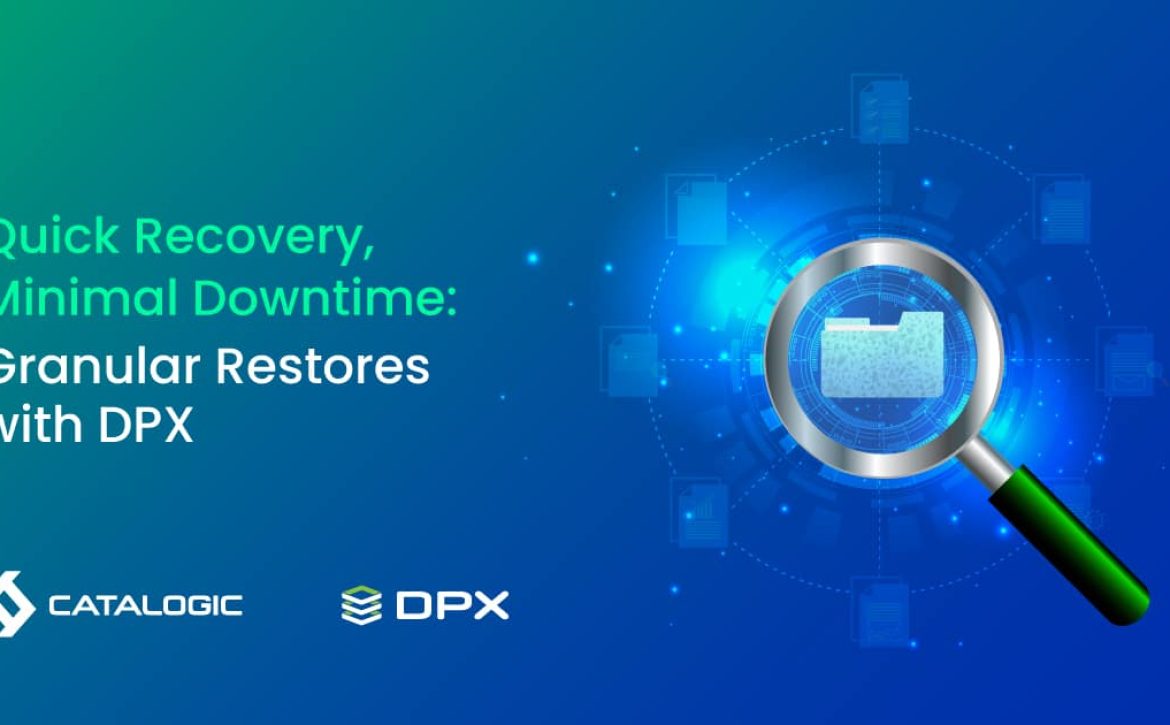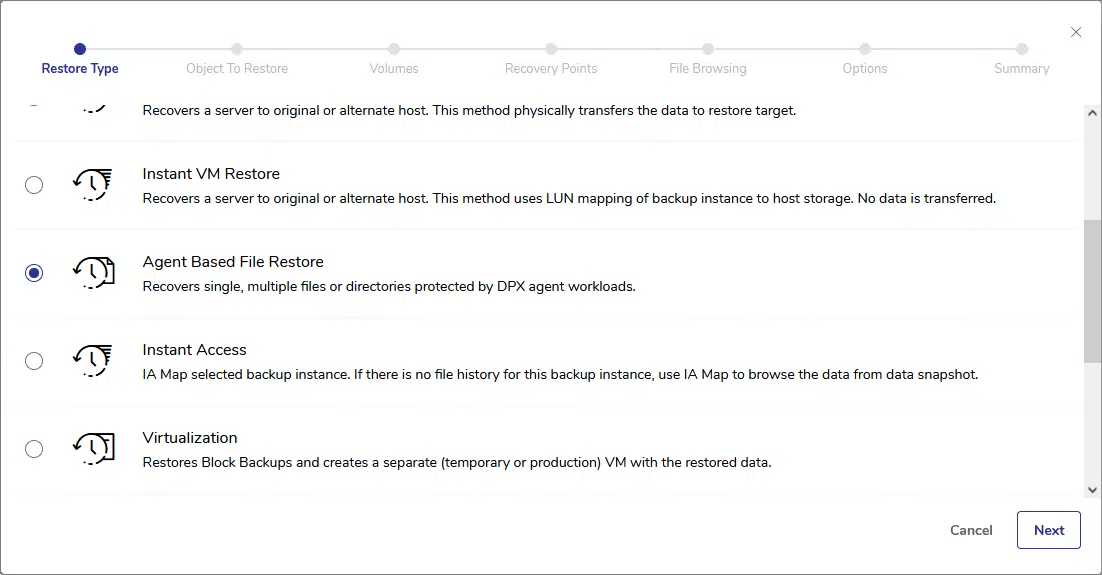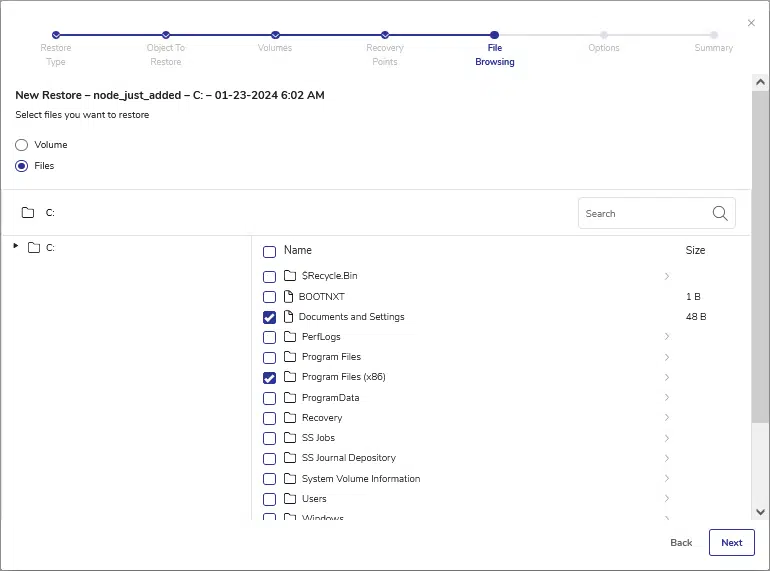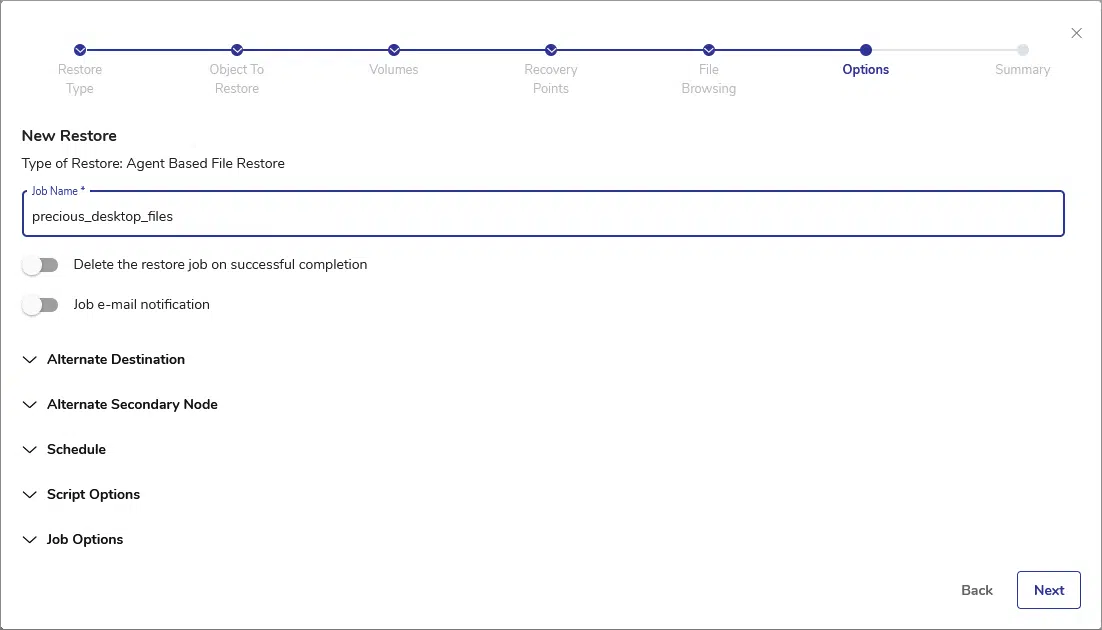Simplifying Data Backup and Recovery: Why User-Friendly Licensing Matters
When choosing a data backup and recovery solution, it can feel like there are a ton of options out there, each with unique features, pricing, and licensing models. Sure, the tech side of things is important, but one thing that often gets overlooked is the licensing itself. If the licensing is too complicated or unclear, it can lead to surprise costs, confusion, and a general sense of frustration with the product.
That’s where we decided that Catalogic DPX has to be different. We’ve designed our licensing to be straightforward and transparent, ensuring that organizations can manage their costs effectively while minimizing complexity and typical frustrations. Our goal is to provide a solution that not only meets your technical needs but also simplifies the overall experience, making it easier for you to focus on what really matters.
The Pitfalls of Complex Licensing Models
Many enterprise software solutions, particularly in the data backup and recovery space, are known for their convoluted licensing schemes. Take, for example, the licensing models of major players like Veeam and Veritas.
Veeam Backup & Replication
Veeam’s licensing model presents a tiered structure – Essentials, Foundation, Advanced, and Premium – each with its own set of features and limitations. While this tiered approach aims to cater to diverse needs, it often leads to a paradox of choice. For instance, if you start with the Essentials package, which is geared toward smaller businesses and covers up to 50 workloads, you might later realize you need more advanced monitoring tools or disaster recovery options that are only available in the Advanced or Premium tiers. This could force you into an upgrade that you didn’t initially budget for, leading to unexpected costs.
Do I have what I need?
What makes things even trickier is understanding what’s included in each tier, especially when it comes to backup storage and security features. The Foundation tier covers the essential backup and replication functions but lacks advanced tools like Veeam ONE for monitoring, which you only get with the Advanced package. If your business requires sophisticated ransomware protection or cloud integration, you might need to look at the Premium tier or purchase additional licenses. This layered approach can make it hard to know if you’re fully protected or if you’re missing out on crucial features unless you upgrade.
Need one feature? Pay for ten
The complexity of these licensing options can create real risks for organizations. If you don’t choose the right tier or fully understand what’s included, you could end up under-protected, especially when it comes to critical areas like data security or over-paying for the things you are not using. Ransomware protection, for instance, isn’t included in all packages, and finding out too late that you need a higher-tier license or an add-on can be a costly mistake. Navigating these choices requires careful consideration, and without a clear understanding, it’s easy to get lost in the details, leading to confusion and potentially significant impacts on your data protection strategy.
Separate Purchases for Advanced Features
Certain advanced features, such as immutability or specific types of cloud integrations, are not included in the base license and require additional purchases. For instance, users of Veeam Community Edition, which is a free version, might discover that features like Backup Copy jobs or specific storage targets require a higher-tier license, such as Veeam Universal License (VUL) or an Enterprise Plus edition. This layered licensing approach can complicate budgeting and lead to unforeseen expenses when organizations realize they need these features to protect their environments fully.
Veritas
Veritas, another major player, uses a similarly complex licensing model that can include different product components like Backup Exec and NetBackup. Veritas Backup Exec is a powerful tool, but it’s licensing can be a maze to navigate. The product offers a range of features, but figuring out what’s included in the base license versus what requires an additional purchase can be tricky. For instance, you might think that disaster recovery or advanced encryption is part of the standard package, but often these are separate add-ons. This kind of complexity can easily lead to unexpected costs, making it difficult to stay within a budget.
Licensing Layers
One of the main challenges with Backup Exec is understanding the specific components you need. The base license might cover your basic backup and recovery needs, but if your organization requires more advanced capabilities, like virtual machine protection or cloud-based storage integration, you’ll likely need to purchase additional licenses. This layered approach makes it hard to predict the total cost upfront, which can be a big headache, especially for smaller businesses.
The confusion doesn’t just stop at the features. Veritas also offers different licensing models depending on your environment and the scale of your operations. This means that if you’re not careful, you could end up with a license that either doesn’t cover all your needs or forces you to buy more than you actually need. This kind of uncertainty can lead to frustration and make it challenging to ensure that your data protection strategy is as robust and cost-effective as it should be. Navigating Backup Exec’s licensing requires careful consideration, and without a clear understanding, it’s easy to make costly mistakes.
Difficult Budgeting
These licensing complexities not only make it difficult to understand the true cost of ownership but also create challenges in budget forecasting. Organizations might initially select a product based on its advertised base price, only to discover later that the total cost is significantly higher once all necessary features and add-ons are included.
The Catalogic DPX Difference: Simplicity and Transparency
In contrast to these complex models, Catalogic DPX takes a refreshingly straightforward approach to licensing. With DPX, there are two primary types of licenses available: Perpetual and Subscription.
- Perpetual License: This license provides permanent access to the software with a one-time purchase. It includes a support and maintenance period, and if you choose not to renew this support, you still own the product but lose access to updates and support. The yearly maintenance cost is a predictable 21% of the initial license cost.
- Subscription License: Provides access for a fixed term, typically 1 to 3 years, including all updates and support for the duration. Upon your license expires, renewal is required to maintain access to the software.
One Edition, All Features
Catalogic DPX diverges from the industry norm of multiple editions by offering a single edition license. This approach eliminates the need to navigate through various feature tiers, providing access to the full suite of capabilities with every license. This means that when you purchase a DPX license, you get access to everything with no hidden costs or surprise add-ons—what you see is what you get.
With DPX, you get vStor, an advanced storage repository designed for efficient and scalable data management. It also features GuardMode, which provides proactive protection through continuous environmental monitoring, aiding in early threat detection. Additionally, Restore Orchestration is included to streamline and automate the recovery process, facilitating rapid data restoration in disaster scenarios.
Modern Features for Modern Threats
Our license also includes Immutability and Ransomware Detection features, which are crucial for safeguarding your data against modern threats. Immutability ensures that your backups cannot be altered or deleted, while Ransomware Detection keeps an eye out for suspicious activities that could indicate an attack.
In addition, Object Storage Support & Archiving allows you to efficiently manage and store large volumes of data, providing a cost-effective solution for long-term retention. Finally, Tape Support offers a reliable and economical option for archiving data, ensuring that all your backup and recovery needs are covered comprehensively under one simple license.
Flexible Licensing Metrics
Catalogic DPX offers adaptable licensing metrics, allowing organizations to choose between per terabyte (TB) of data or per virtual machine (VM) models. This flexibility ensures that businesses of all sizes can find a licensing model that aligns with their specific needs without overpaying for unused features or excess capacity.
Why User-Friendly Licensing Matters
Being in the data protection space for over 25 years now, Catalogic understands that the ultimate goal for any IT team is to deploy solutions that are both powerful and easy to manage. Licensing should never stand in the way of this. That’s why we’ve decided that Catalogic DPX has to be available with a transparent and straightforward licensing model. We want to ensure that organizations can focus on what truly matters—protecting their data—without getting bogged down by confusing terms or unexpected costs.
Use DPX to Simplify Your Data Protection Strategy
For IT leaders who are mindful of their budgets, DPX doesn’t just deliver a robust backup and recovery solution; it also offers peace of mind. With our clear, predictable, and scalable licensing, you know exactly what you’re investing in. In a landscape where complexity often reigns, our approach at Catalogic DPX is refreshingly simple, providing you with the essential features you need without the licensing headaches you don’t.
If you’re looking to simplify your data protection strategy and avoid the pitfalls of confusing licensing models, it’s time to take a closer look at what Catalogic DPX has to offer. Simplify your IT operations, control your costs, and focus on what matters most – keeping your data secure.
